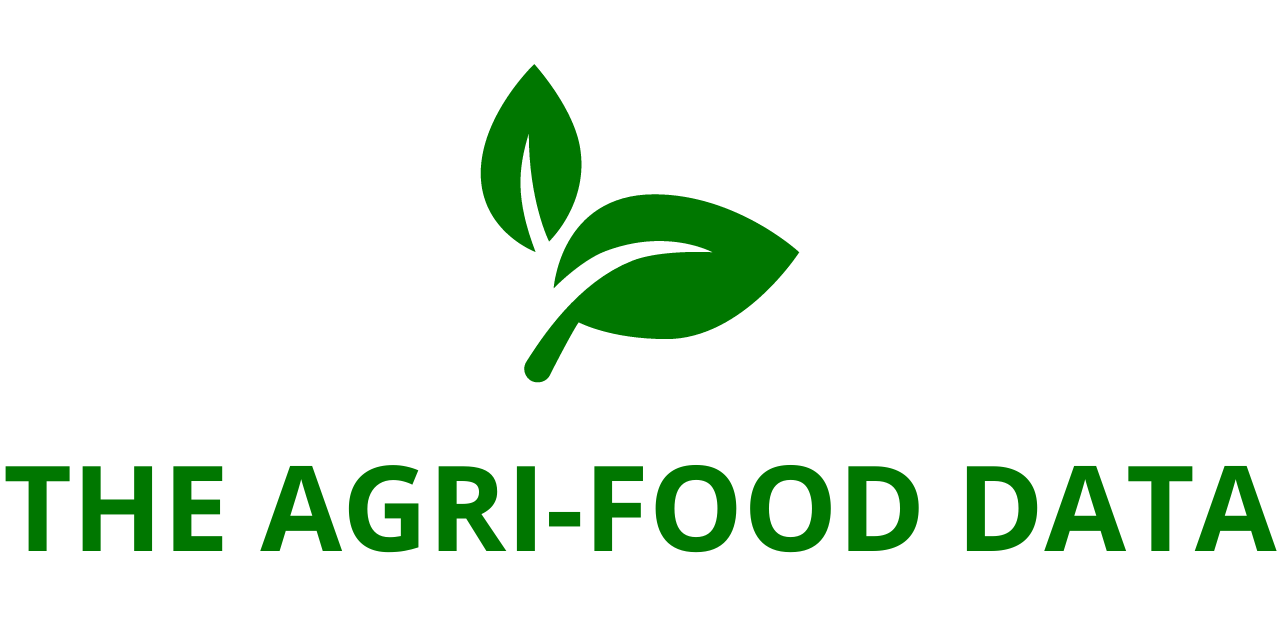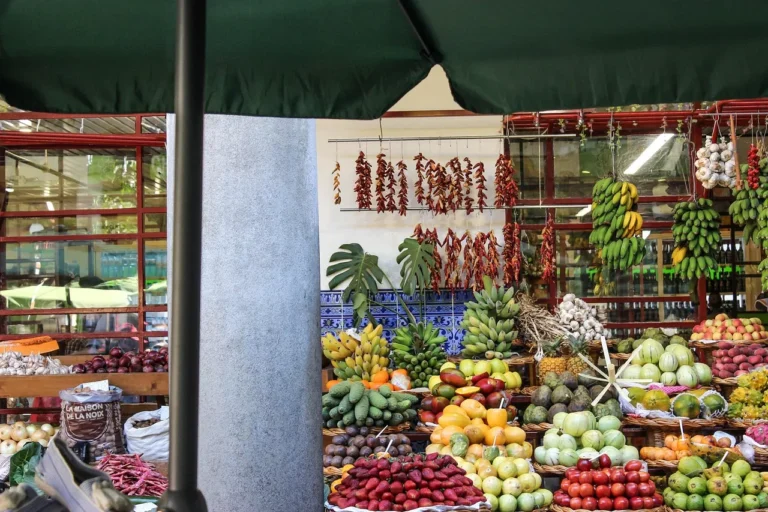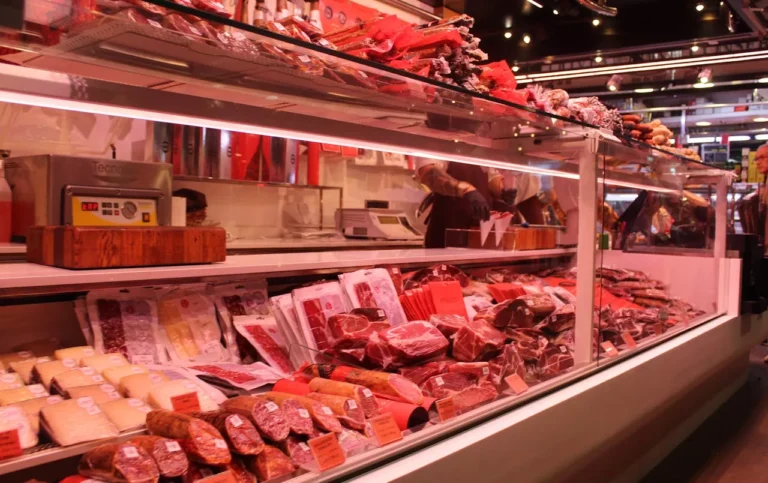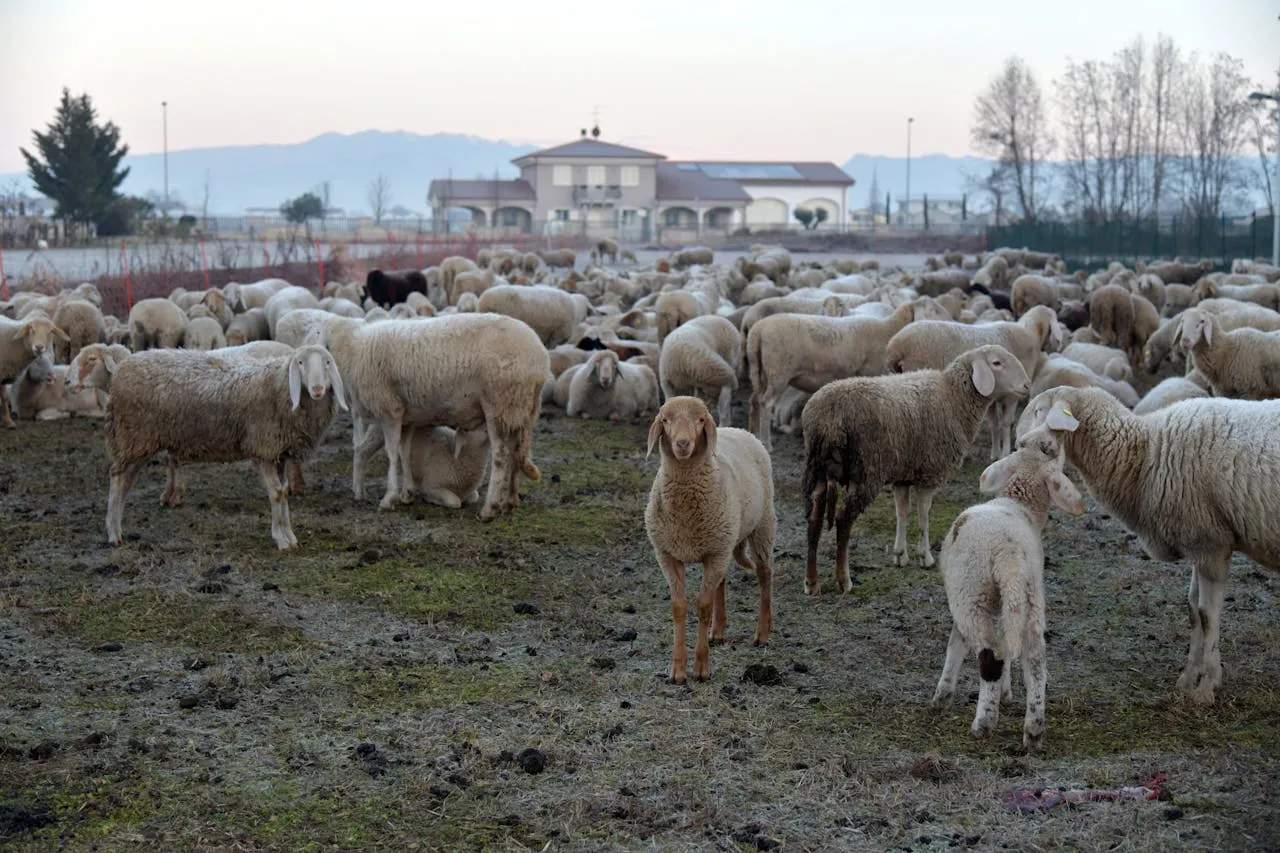
The report titled Livestock “Lysine Market – Global Industry Size, Share, Trends, Opportunity, and Forecast, 2020-2030F” has been officially added to ResearchAndMarkets.com’s extensive market intelligence portfolio, providing an in-depth analysis of the current and projected performance of the global lysine market. According to the report, the market was valued at USD 1.30 billion in 2024 and is forecast to reach USD 2.08 billion by 2030, expanding at a robust compound annual growth rate (CAGR) of 8.15% during the forecast period.
Lysine, an essential amino acid, has emerged as a fundamental component in the global feed industry, particularly in animal husbandry. It is widely recognized for its effectiveness in improving protein synthesis, promoting animal growth, and enhancing feed conversion ratios, making it indispensable in the diets of poultry, swine, and aquaculture species. As consumer preferences increasingly shift toward protein-rich diets, and as global food systems work to become more efficient and environmentally sustainable, lysine is playing a central role in reshaping how animals are raised and fed.
Key Market Drivers
Rising Global Demand for Animal Protein
One of the primary forces propelling the lysine market is the growing global demand for animal-derived proteins, such as meat, eggs, and dairy products. Population growth, urbanization, and increased disposable incomes—especially in developing economies—have accelerated the shift toward higher protein consumption. This surge in protein intake is placing immense pressure on livestock production systems to become more efficient and productive.
Lysine, by enabling better feed efficiency and faster animal growth rates, helps livestock producers meet these demands cost-effectively. It allows for reduced reliance on more expensive protein sources, such as soybean meal, while still ensuring optimal animal growth and health. Consequently, the additive has become a staple in compound feed formulations across the globe.
In developing regions like Asia-Pacific and Latin America, the expanding middle class and rapid urban migration are translating into increased consumption of meat and processed animal products. This shift is creating new opportunities for lysine manufacturers and feed producers to cater to a burgeoning market with tailored, nutrient-rich feed solutions.
Advances in Production Technology and Supply Chain Expansion
Technological advancements in microbial fermentation processes have dramatically enhanced lysine yield and purity over the past decade. These innovations are allowing manufacturers to scale up production more efficiently, reduce operational costs, and improve environmental performance. Additionally, major players in the lysine industry are investing in regional production facilities and forming strategic partnerships to strengthen supply chains and meet growing demand locally.
Geographic diversification not only reduces transportation costs and emissions but also helps companies hedge against trade uncertainties, regulatory shifts, and logistical bottlenecks. Countries like China, the United States, and Brazil are becoming key production and consumption hubs, with increasing focus on vertically integrated feed and livestock operations.
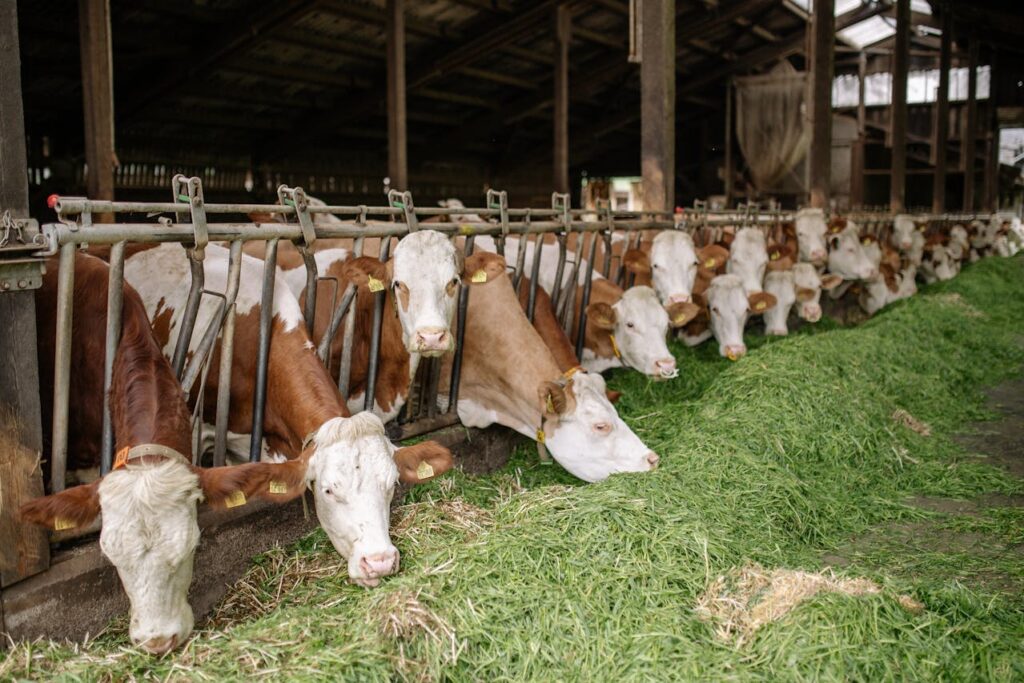
Volatility in Raw Material Prices: A Persistent Challenge
Despite its promising growth trajectory, the lysine industry remains vulnerable to price volatility in agricultural commodities, especially corn and sugar, which serve as the primary substrates in fermentation-based lysine production. These raw materials are subject to unpredictable pricing fluctuations due to factors such as climate variability, extreme weather events, pest outbreaks, and geopolitical tensions that disrupt global trade.
When raw material prices surge, lysine production becomes costlier, squeezing profit margins—particularly for small and mid-sized producers that lack the financial resilience of larger, diversified players. Moreover, such volatility hampers the industry’s ability to engage in long-term production planning and stable supply contracts, leading to potential supply-demand mismatches and market instability.
To mitigate these risks, some manufacturers are exploring alternative feedstocks and investing in advanced biotechnological solutions to improve fermentation efficiency and reduce dependence on volatile inputs.
Precision and Sustainable Nutrition: A Growing Imperative
In line with the global shift toward sustainable agriculture, livestock producers are increasingly adopting precision nutrition strategies to reduce the environmental footprint of animal farming. Lysine plays a vital role in this transformation, offering a solution to minimize excess crude protein levels in feed and thereby reduce nitrogen excretion in animal waste—a major contributor to soil and water pollution.
By formulating diets that are more precisely aligned with an animal’s nutritional needs, producers can achieve better growth outcomes with fewer environmental trade-offs. This practice is gaining particular traction in regions with stringent environmental regulations, such as the European Union and North America, where nutrient management and emissions reduction are top priorities.
The ability of lysine to support low-nitrogen diets without compromising animal performance makes it a key component in the development of next-generation feed strategies aimed at meeting both productivity and sustainability goals.
Regulatory Landscape and Market Dynamics
Governments and international bodies are introducing new regulations that mandate improved feed quality and environmental stewardship. Such policies are pushing livestock operations to seek out efficient feed additives like lysine that comply with evolving standards. Additionally, the growing consumer demand for eco-conscious meat and dairy products is influencing supply chain actors to adopt more responsible practices from farm to fork.
This regulatory environment is encouraging lysine producers to enhance transparency, traceability, and green certifications across their operations. Companies that can demonstrate environmental responsibility and sustainable sourcing are likely to gain favor among buyers, investors, and end consumers alike.
